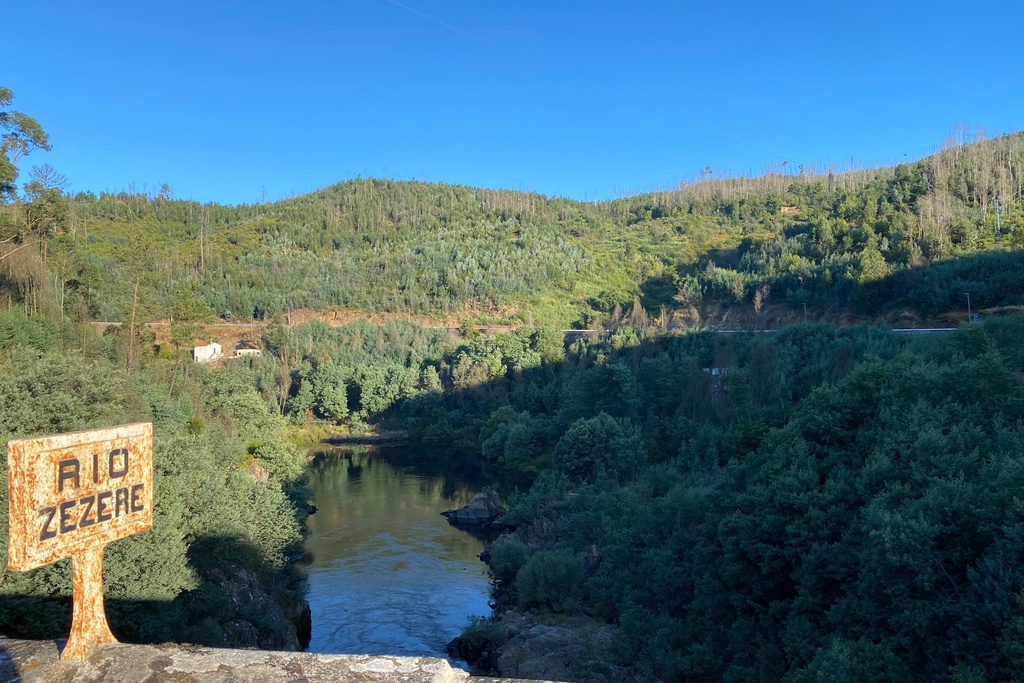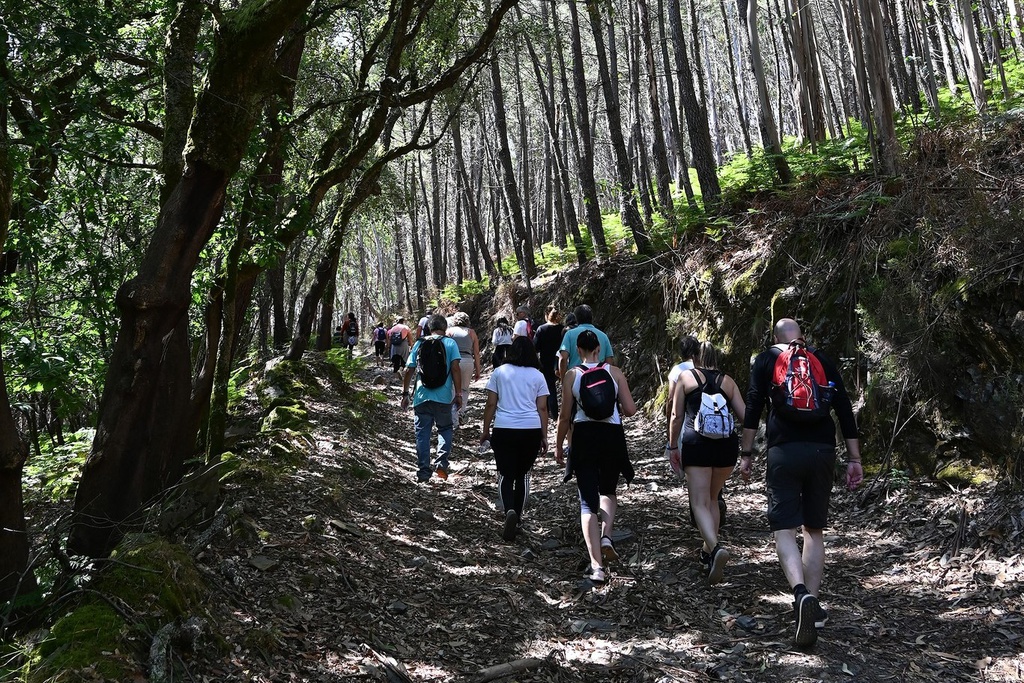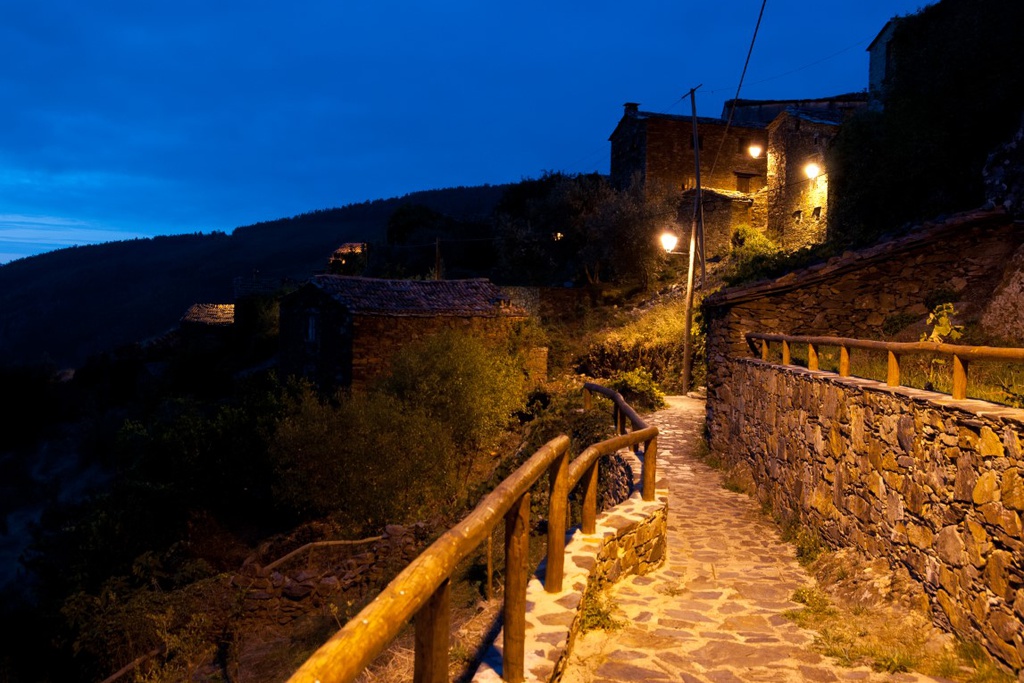Traces of Castro occupation have been found on either side of the Zêzere: on the Monte de Nª Srª dos Milagres (Pedrógão Grande), as well as on the Monte de Nª Srª da Confiança (Pedrógão Pequeno). This spot, although never excavated, is called the Castro of Nª Srª da Confiança, being estimated to cover an area of 3.5 hectares, and was occupied from the Copper Age, from the 3rd millennium BCE to 170 BCE, throughout the Late Bronze Age (until 700 BEC), the Iron Age (700 BEC to 100 BEC) and most likely during Roman rule (2nd century BCE to the 5th century BCE). There are remains from the earliest period of occupation, some of which were found in Pedrógão Pequeno. Such as a quartz adze.
However, Pedrógão Pequeno itself was founded by a Roman consulate called Aulio Cursio (150 BCE.). The Romans left several traces of their occupation behind. The most significant is probably the ancient bridge over the Zêzere. The remaining supports on either side of the river are now submerged, and can be found between the Philippine bridge (from the time when Spanish kings ruled in Portugal) and the IC8 bridge. But bridges always connect to a road network, and the road that crossed it linked Emerita Augusta (Mérida), via Sertã, to Conimbriga. Another testament to this road is the stretch that leads to the castro. And to cement just how significant the Roman occupation was, a votive altar was also found nearby (see the box “Folklore and Facts”).
The Moors invaded this territory in 718 and it was only reconquered in 1110, by Count D. Henrique. King Afonso Henriques (who reigned from 1128 to 1185) bequeathed Pedrógão Pequeno to the Knights Templar during the second half of the 12th century (1165 and 1174), who then granted it its charter in 1174. In 1194, Sancho I (who reigned from 1185 to 1211) granted D. Affonso Pelagio, Prior of the Knights Hospitaller, and all present and future members of the Order of Malta, a large expanse of land called Guidintesta, which stretched from the Zêzere to the Tagus, and also included Pedrógão Pequeno.
“As soon as the Order of Knights of the Hospital of Saint John of Jerusalem (Order of Malta) took possession of that vast territory they took the measures necessary to populate and defend it; building the castle of Belver; granting charters to the different lands belonging to it.” (PIMENTEL, 1881) A castle was possibly built during this period, although no trace of it can be found nowadays. In 1419, Pedrógão Pequeno belonged to the municipality of Sertã and in 1448, D. Vasco de Ataíde, Prior of Crato, bequeathed the settlement to Diogo da Silveira, a scribe of King Afonso V. This monarch (who reigned from 1438 to 1481) raised its status from village to town, and gave it a pillory, gallows and its own judge. The lord of the land thus controlled all civil and criminal jurisdiction, rents and ground rents King Manuel (who reigned from 1495 to 1521) gave it a new charter in 1513. Around this time, a new pillory was built, topped by an armillary sphere. In 1618, Pedro Nunes Tinoco, under the orders of Brother Manuel Carneiro, Prior of Crato, carried out a survey of the town. The 1758 parochial registers stated that the 109 strong population belonged to Prince Pedro, who was Grand-Prior of the Order of Crato.
In 1808, during the French Invasions, several houses were sacked and torched by Napoleonic troops and, in 1836, following Mouzinho da Silveira's administrative reform, the municipality was abolished and became a parish of the municipality of Sertã.
To date, a painting by watercolourist Rui David e Silva is the only document that depicts the Praça Ângelo Henriques Vidigal before the town underwent a heavy-handed urban intervention in 1951, where several buildings were demolished.
Origin of the name
Pedrógão is a common toponym, but the meaning is disputed. It could come from the Latin term petroganum, perhaps of pre-Roman origin, meaning whitish rock. This aspect is related to the local geology, where there is an “island” of granite in this territory’s vast “sea” of dark schist. The greater resistance of the granite can be observed in the Zêzere valley downstream from the Cabril dam. The name compares the village with another, larger one nearby (Pedrogão Grande). In one of the versions of Fernando Álvaro Seco's “Portugalliae” (1600) – one of the first cartographic representations of the whole continental Portuguese territory – we can already find the name Pedrogão Pequeno at the site of the current village.
Votive altar
Location: National Archaeology Museum, Lisbon.
Dated: 1st century C.E.
Classification: It is presented in “Religions of Lusitania” (National Archaeology Museum, 2002)
At the beginning of the 20th century this altar was found in the wall of a house in Roqueiro, a neighbouring village, having very probably come from the Castro of Nª Srª da Confiança. It was taken to the National Archaeology Museum.
It is a granite, parallelepiped stone with the following Latin inscription:
CICERO
MANCI
NABIAE
L.V.S.
This translates as: “Cicero, son of Mancius freely fulfilled his vow to the goddess Nabia”
Cult of NABIA
The votive altar found near to Pedrógão Pequeno is a testament that the native divinity called NABIA was worshipped around here. Other items indicating the cult of this divinity have also been found, mainly in the north of Portugal and in Spain.
The gallows site
When King Manuel I reformed the around 750 old charters existing at the time, many villages already had a Town Hall as the seat of local executive power and as a building for exercising judicial power. Justice had three symbols: the Court (with prison), the Pillory and the Gallows. The latter was supposed to be located in the outskirts of the town, but would also be in a clearly visible spot, such as on top of a knoll. In Pedrógão Pequeno the site chosen to set up the gallows was the hill where the cemetery currently stands.
“Gorse and rosemary”
Pedrógão Pequeno and its surrounding areas appear in some illustrations in “Gorse and Rosemary” (1907), by Alfredo Keil. The composer of the Portuguese national anthem wrote the poems and made the illustrations during his stays in the vicinity of Ferreira do Zêzere, basing them on his visits to the region.




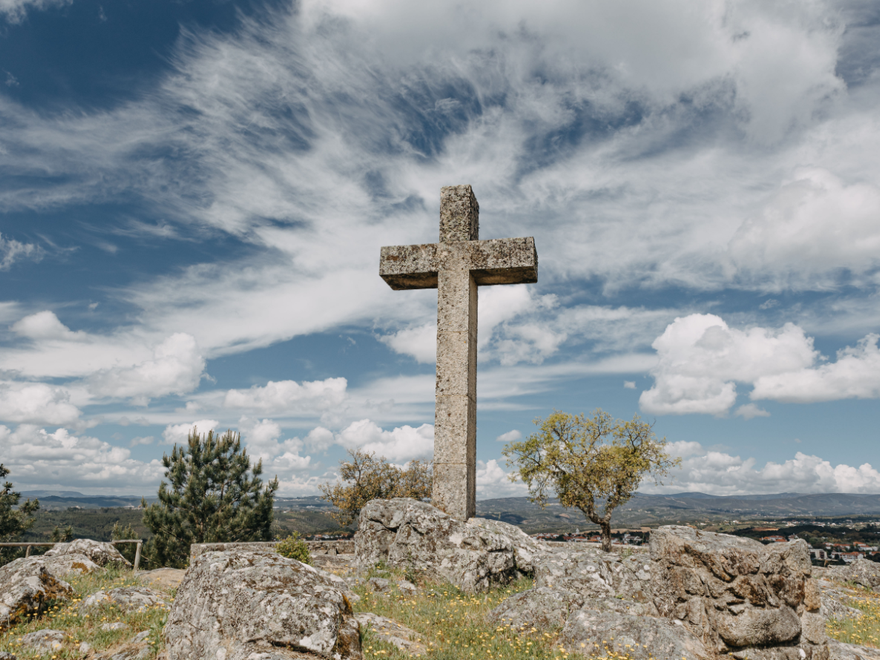

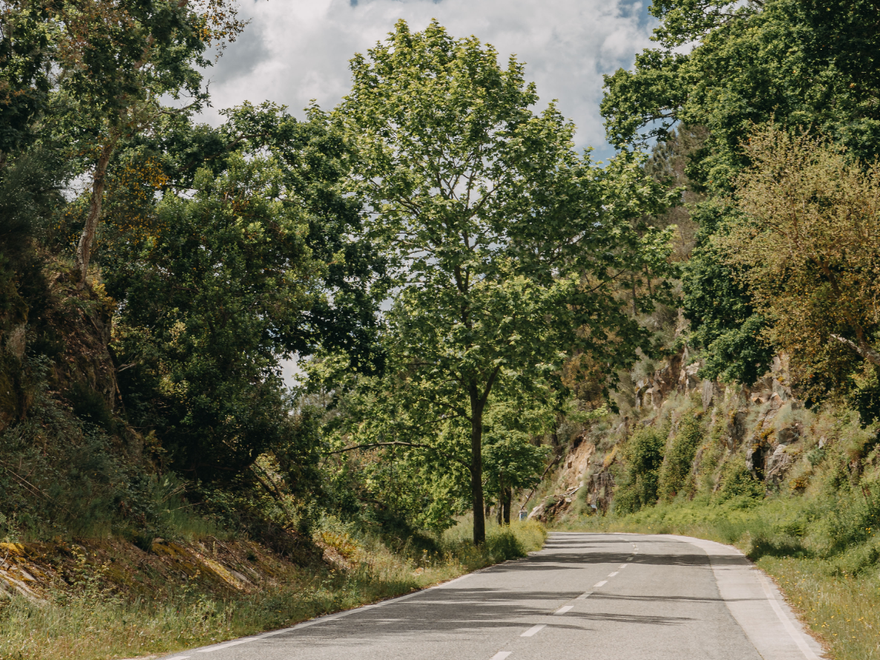
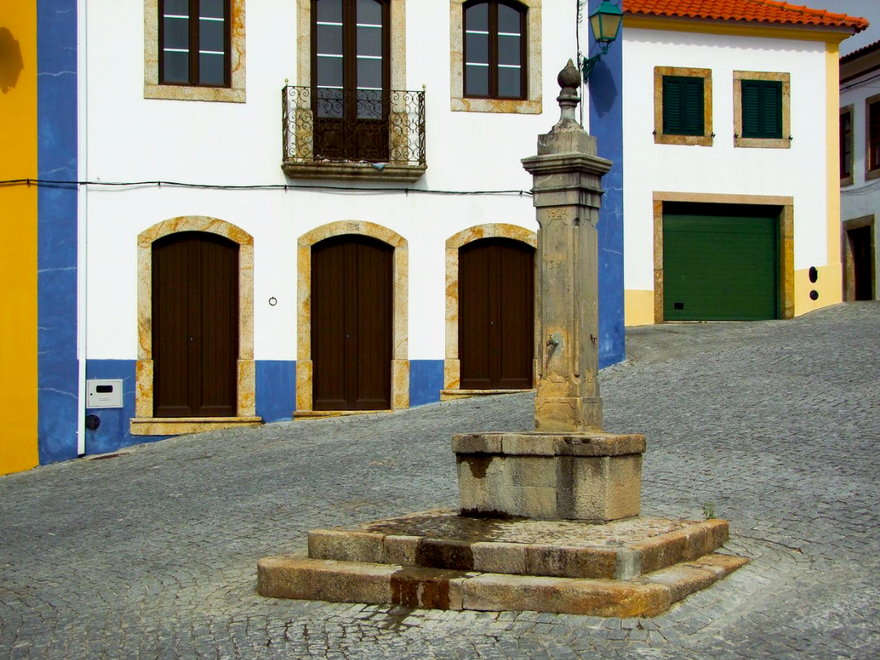
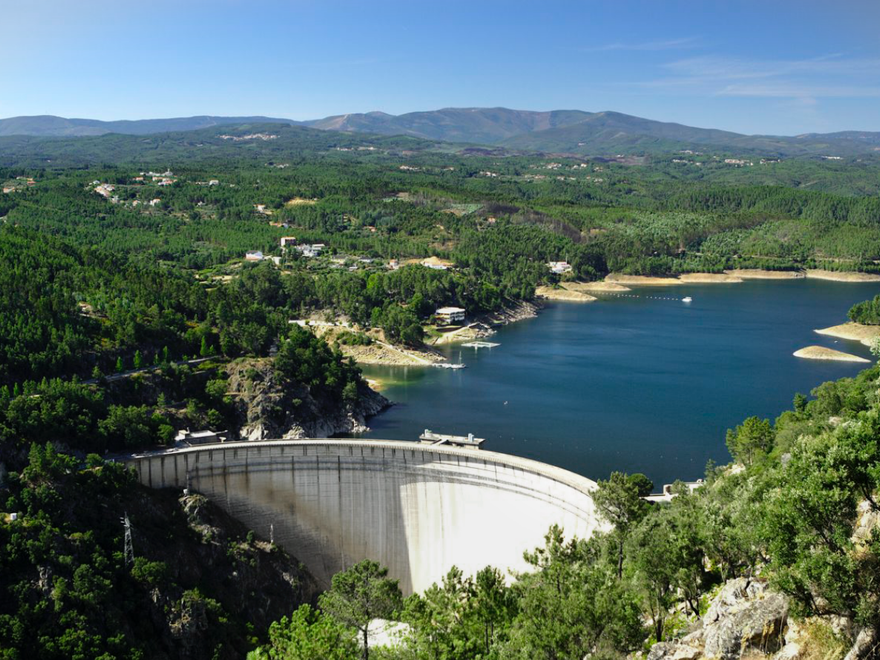


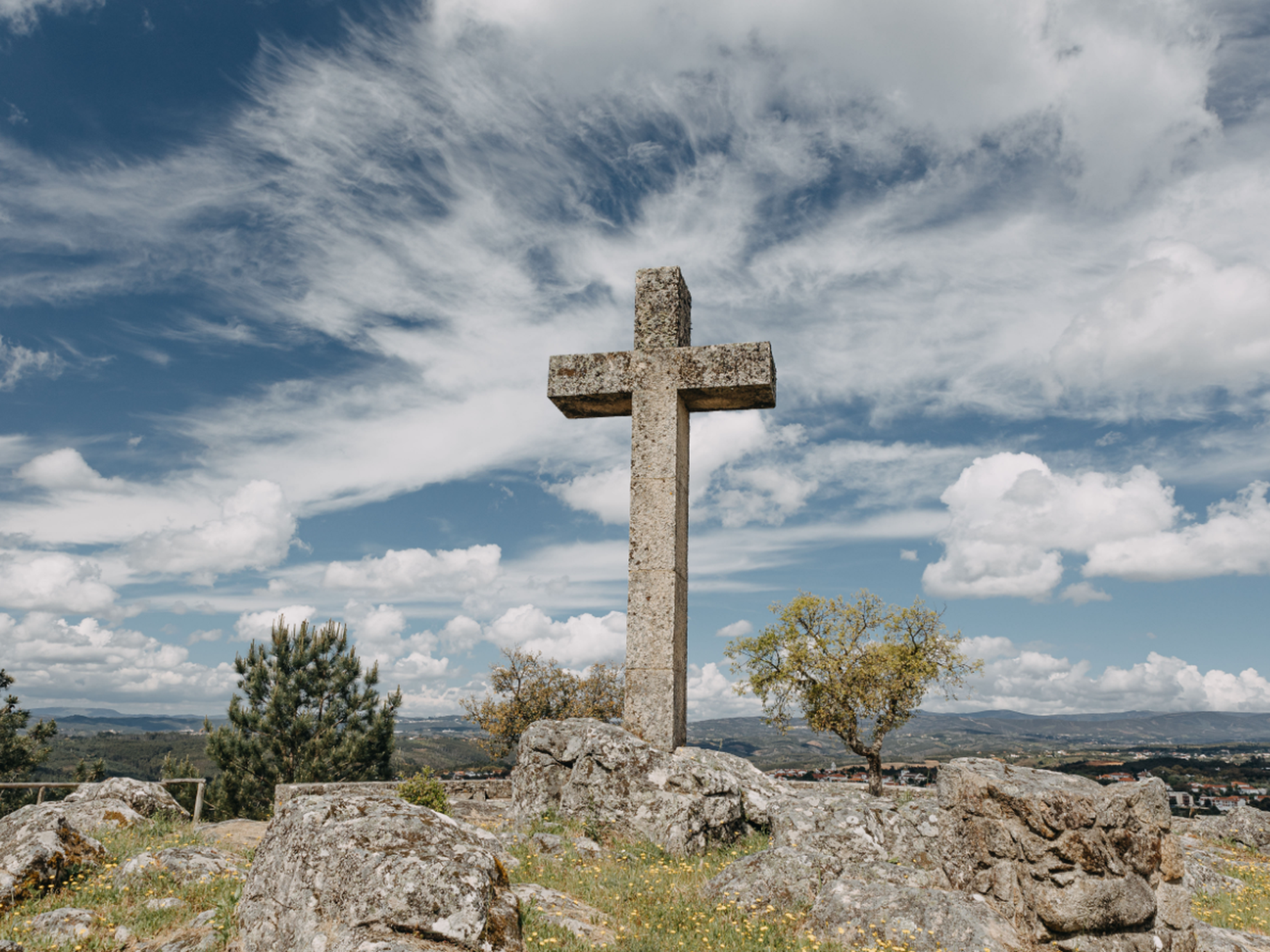
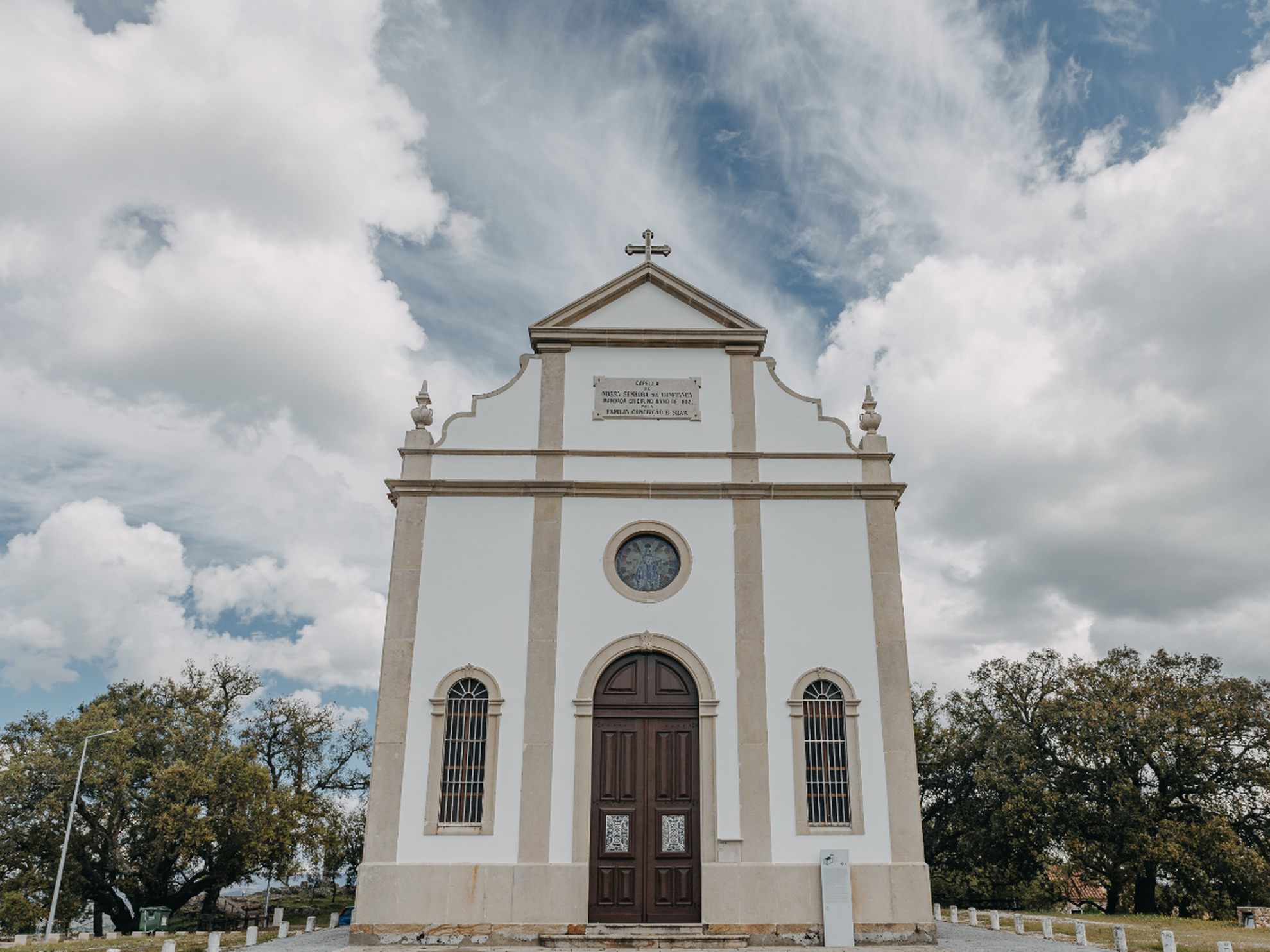
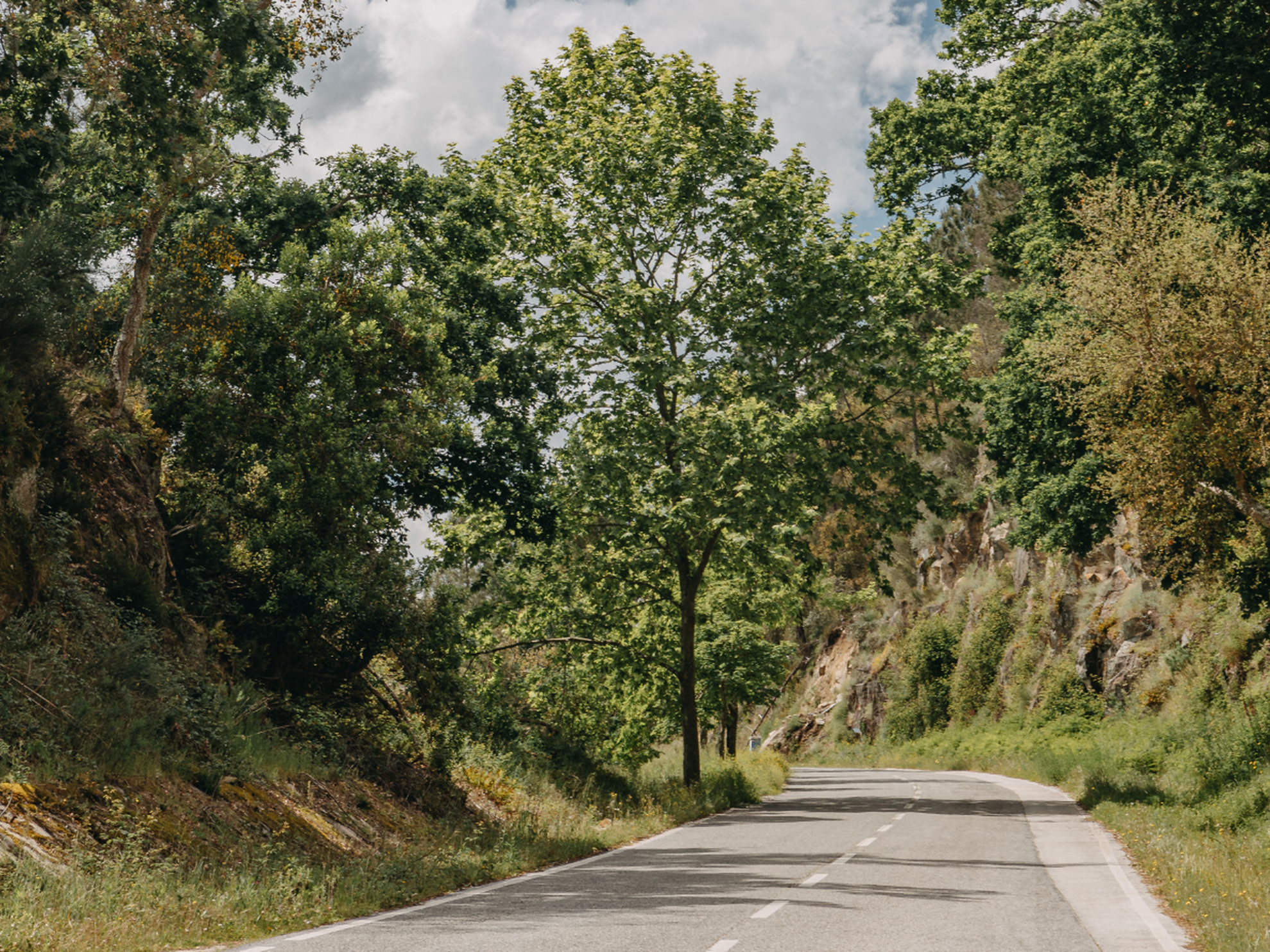


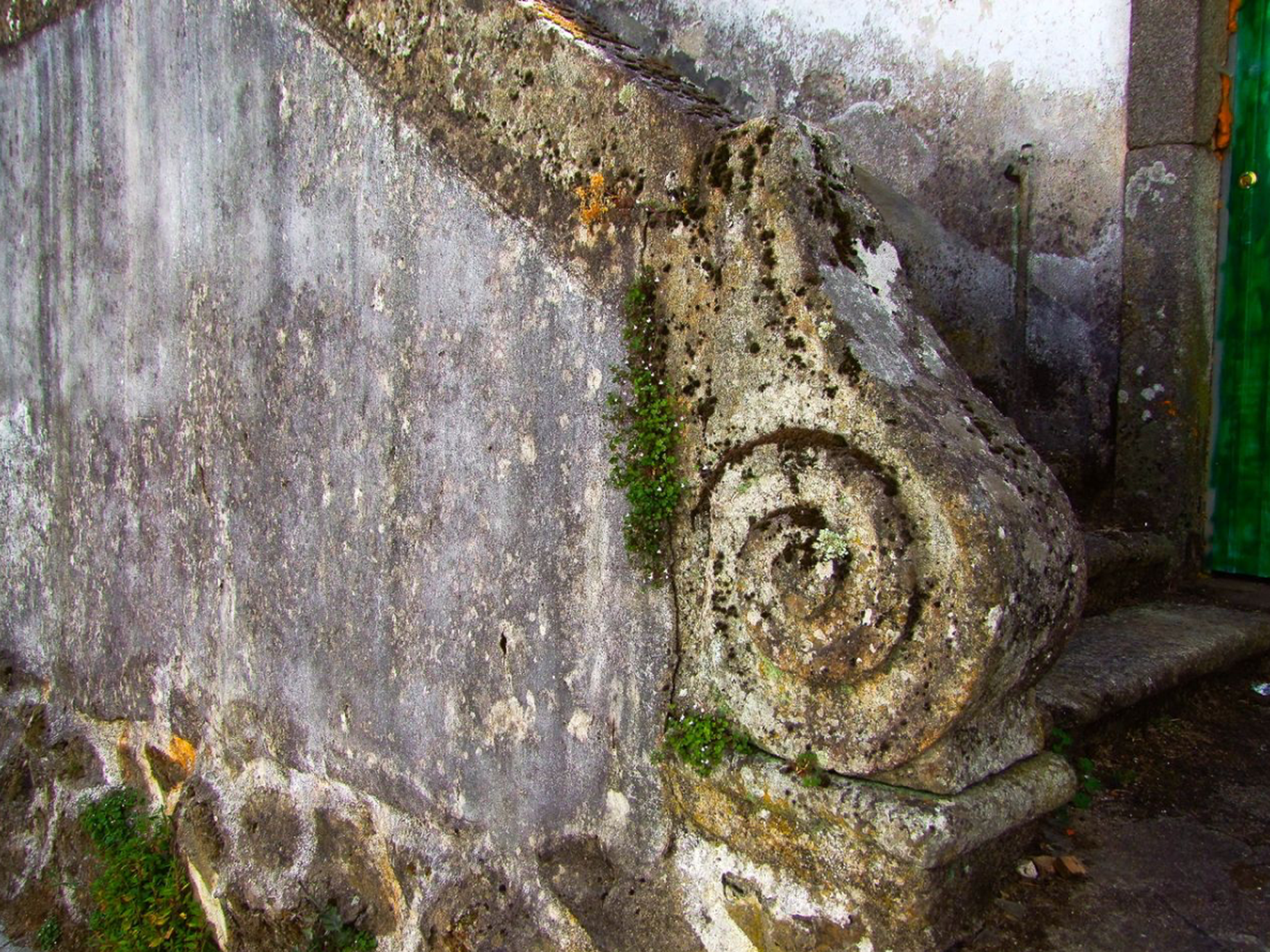
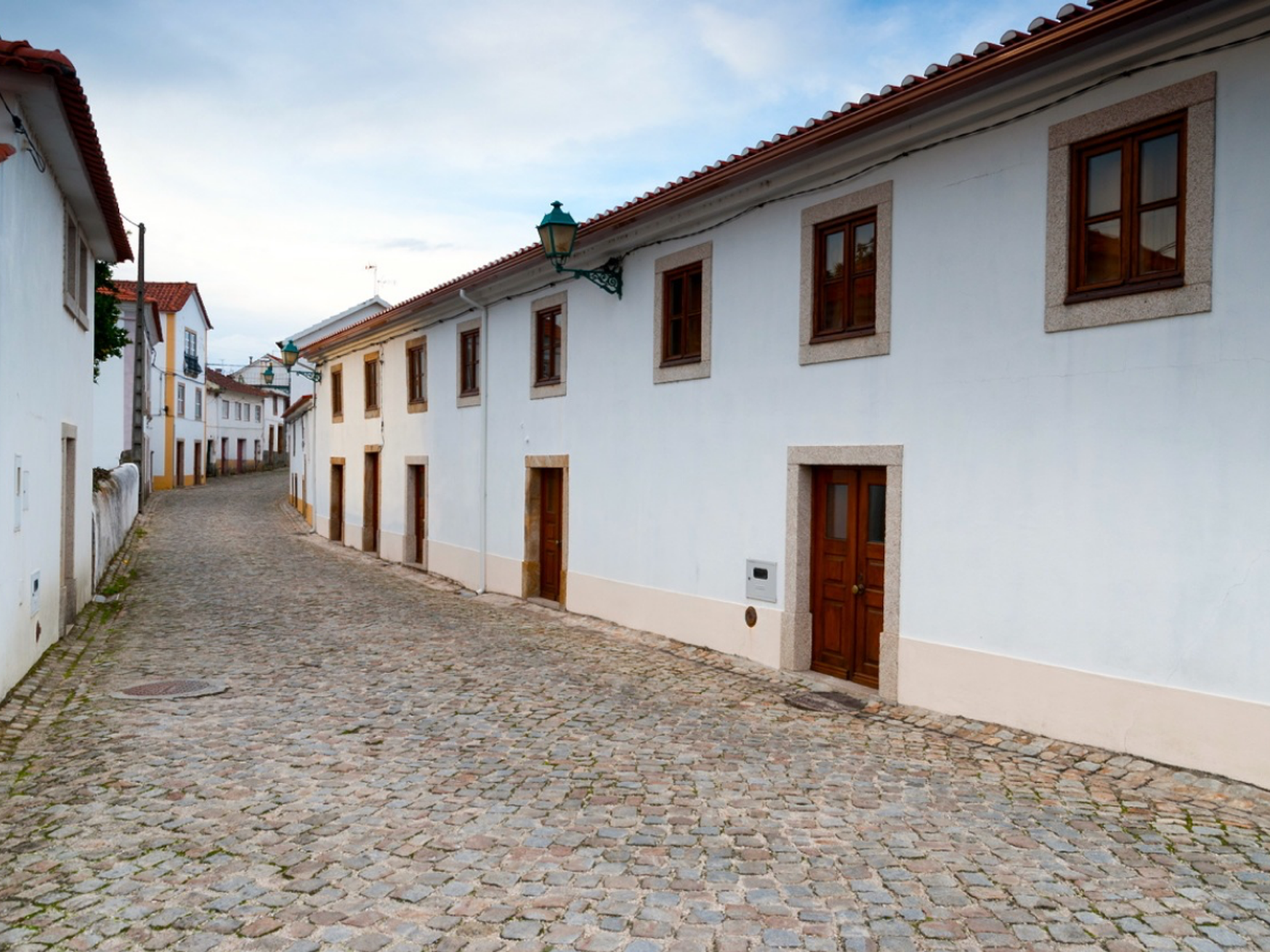
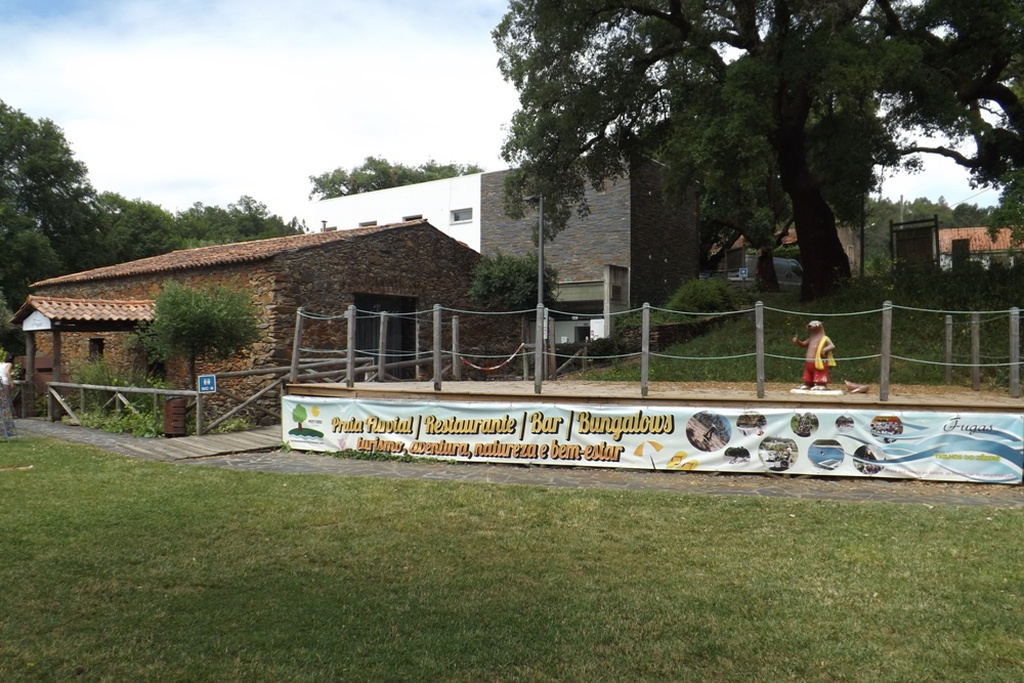
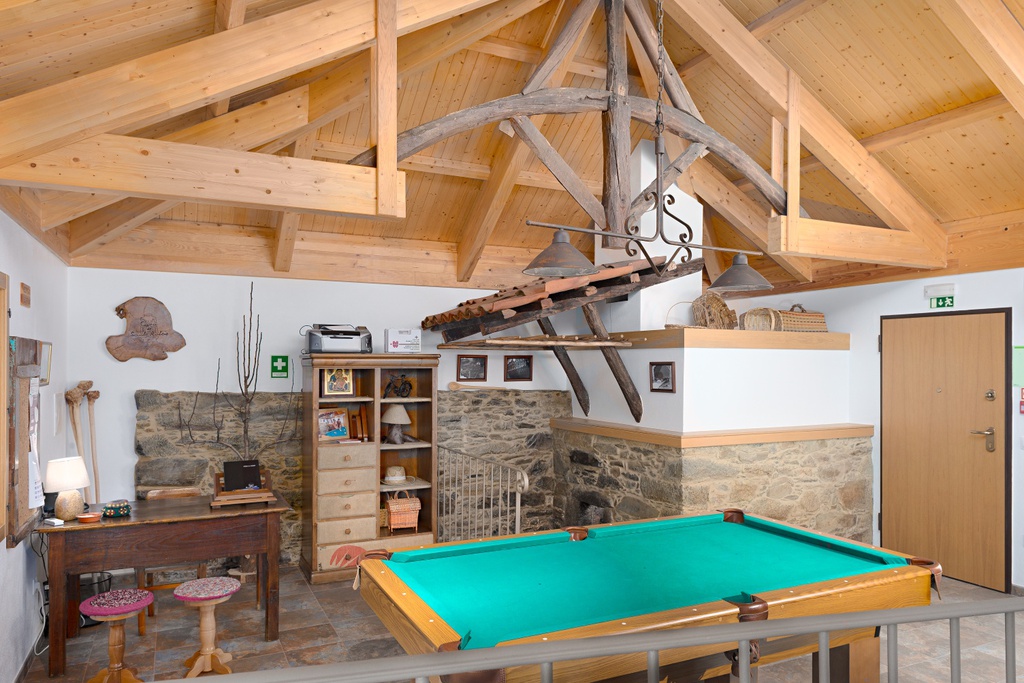
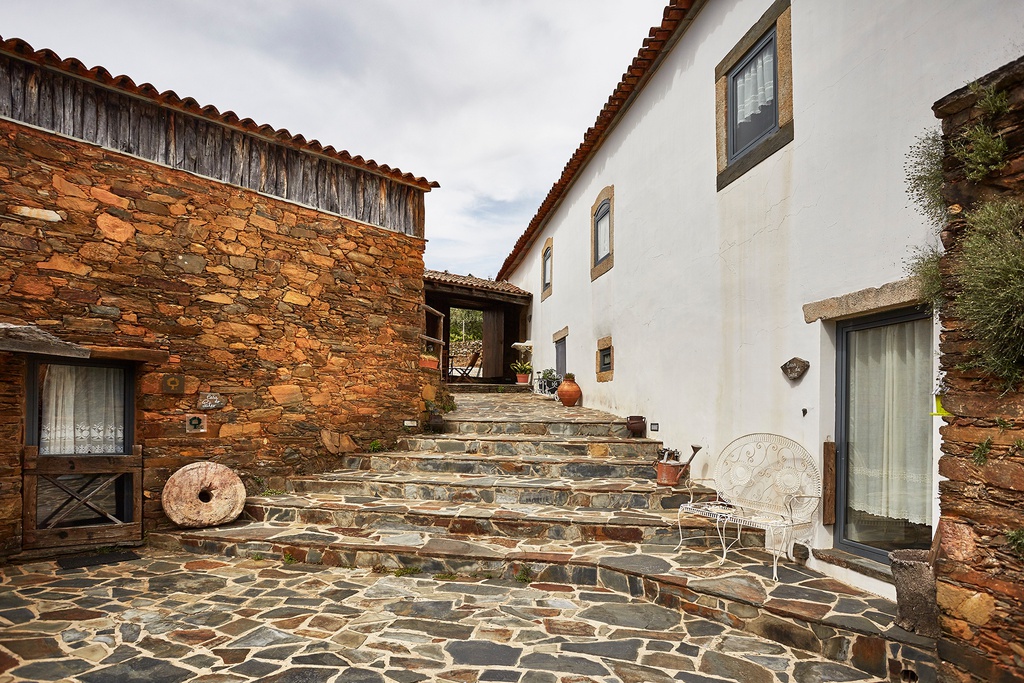

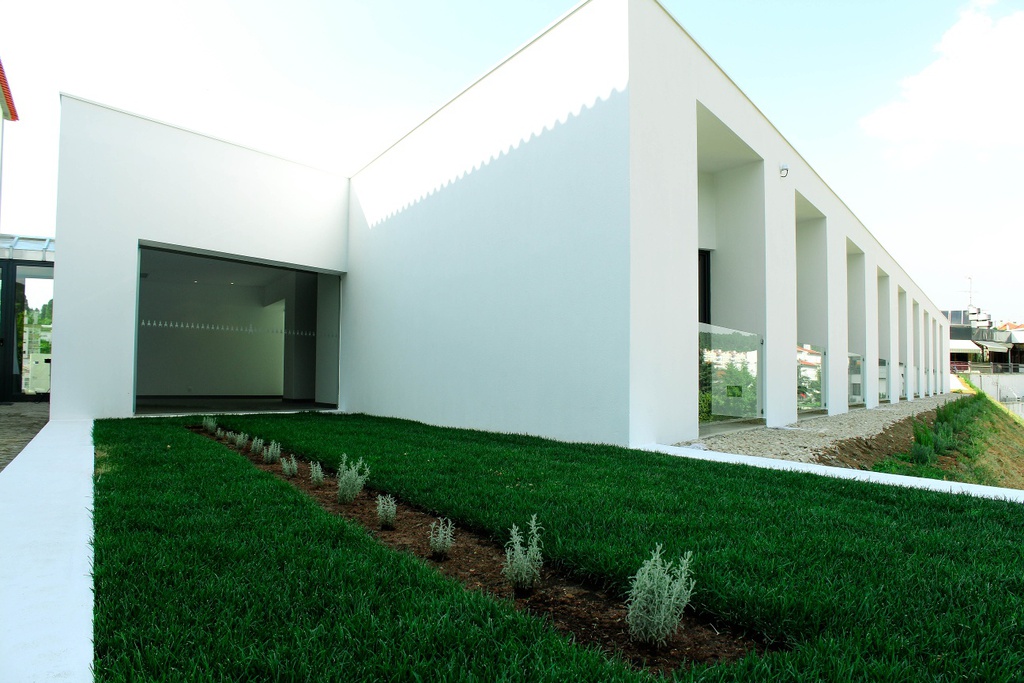
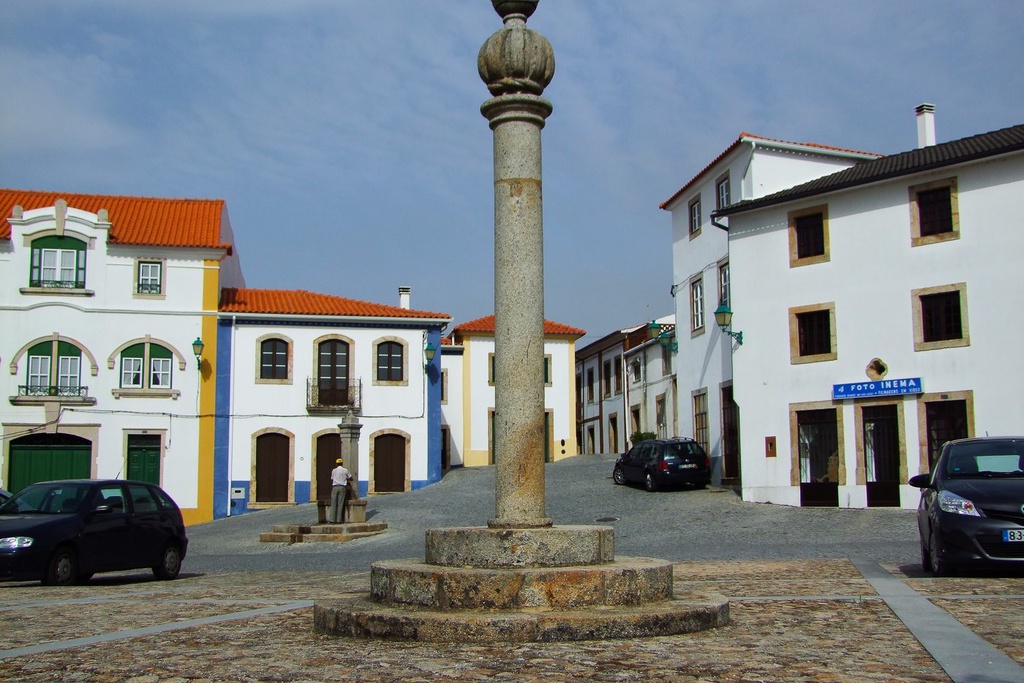

![GRZ on Foot - Just You and the River [sector 6]](/media/filer_public/a3/3c/a33c5b36-9a48-4477-8d30-846f55ff9d65/aldeias-xisto-aldeias-xisto-moinho_das_freiras_vej2s3h.jpg.1024x683_q95_crop_upscale.jpg)
![Just You and the River [GRZ - MTB sector 6]](/media/filer_public/56/6d/566de8ba-b12a-419a-a3bc-9aedc517f56f/aldeias-xisto-aldeias-xisto-sc3b3_tu_e_o_rio_ponte_filipina__c381rea_de_descanso_de_cabec3a7o_mourisco_gr33_-__oekv7by.jpg.1024x683_q95_crop_upscale.jpg)
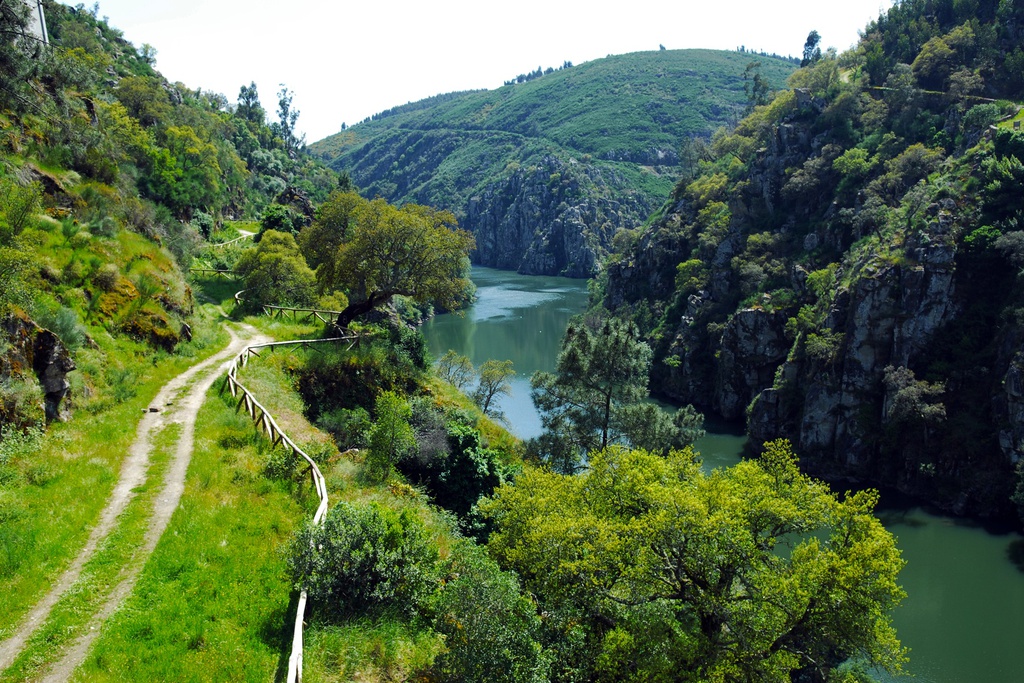

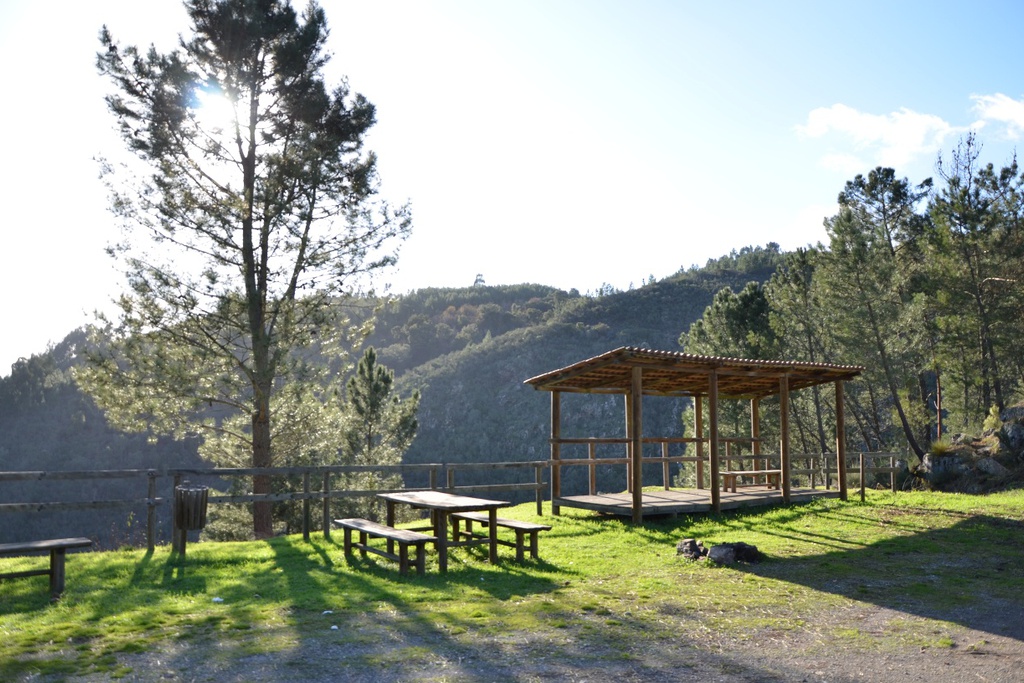


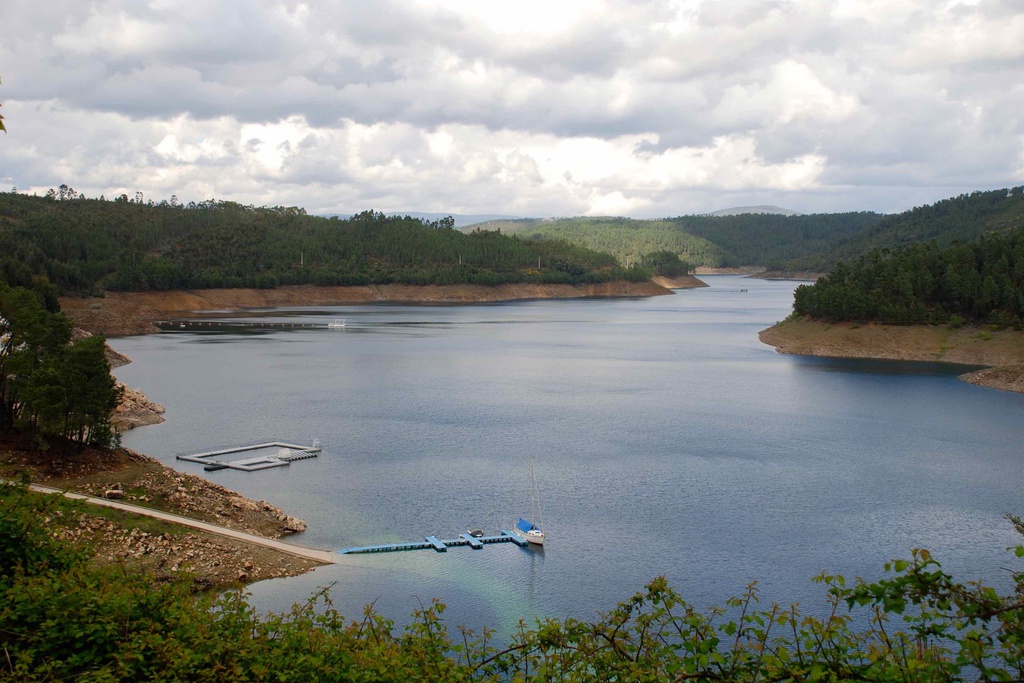

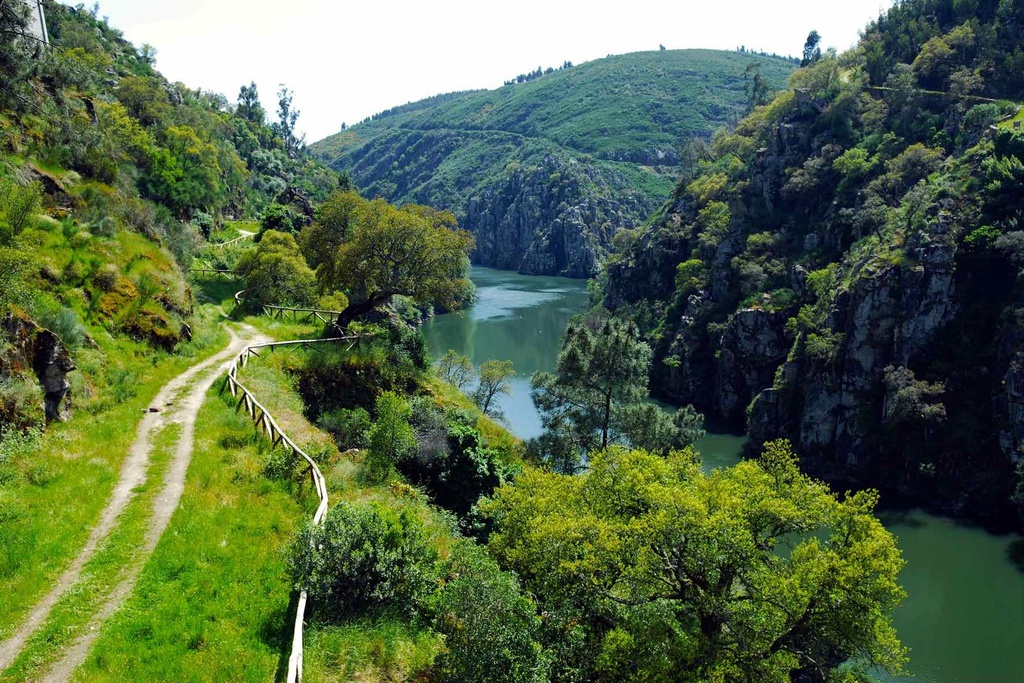
![Just you and the River [GR33 - GRZ: Canoeing]](/media/filer_public/a1/5b/a15be2e5-ef60-4b6d-9ebe-901cd616f126/aldeias-xisto-aldeias-xisto-canoagem_na_albufeira_da_bouc3a7c3a3_86chwyz.jpg.1024x683_q95_crop_upscale.jpg)


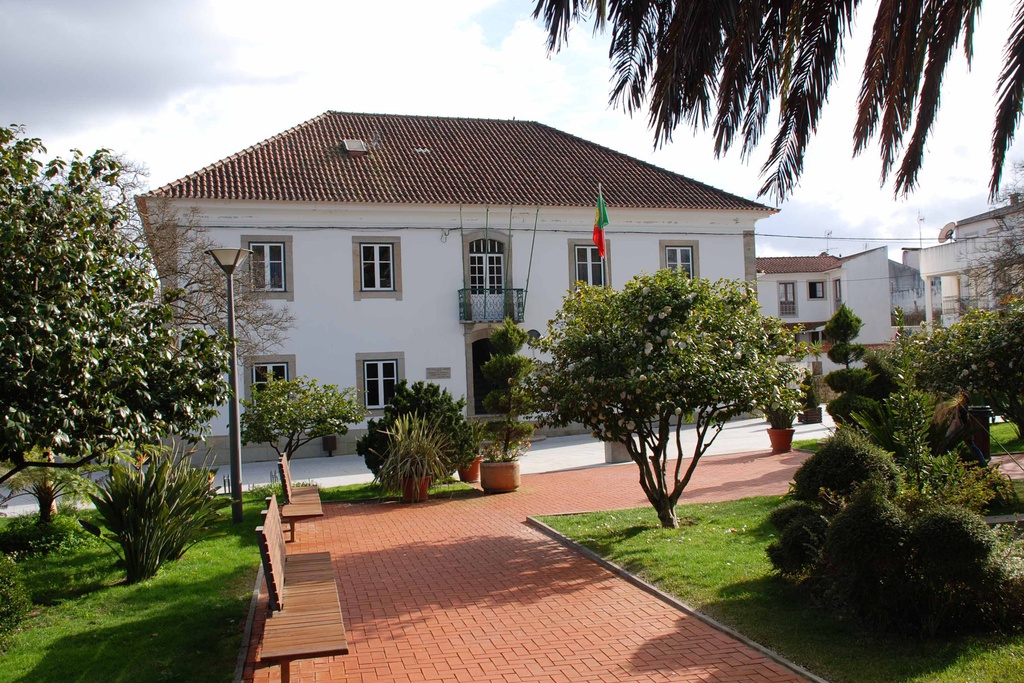


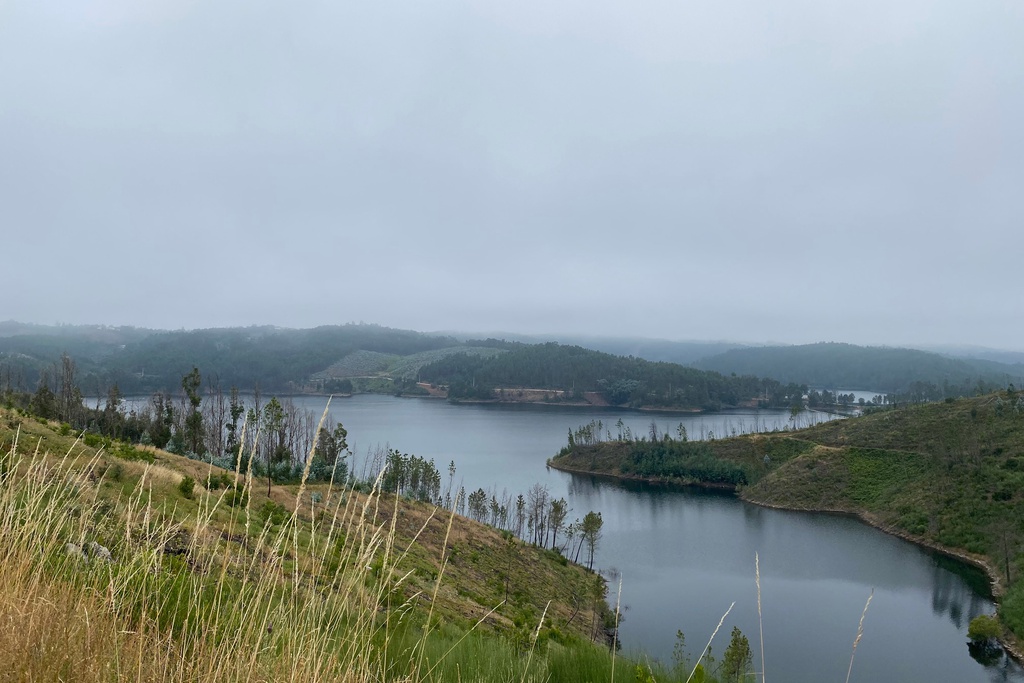
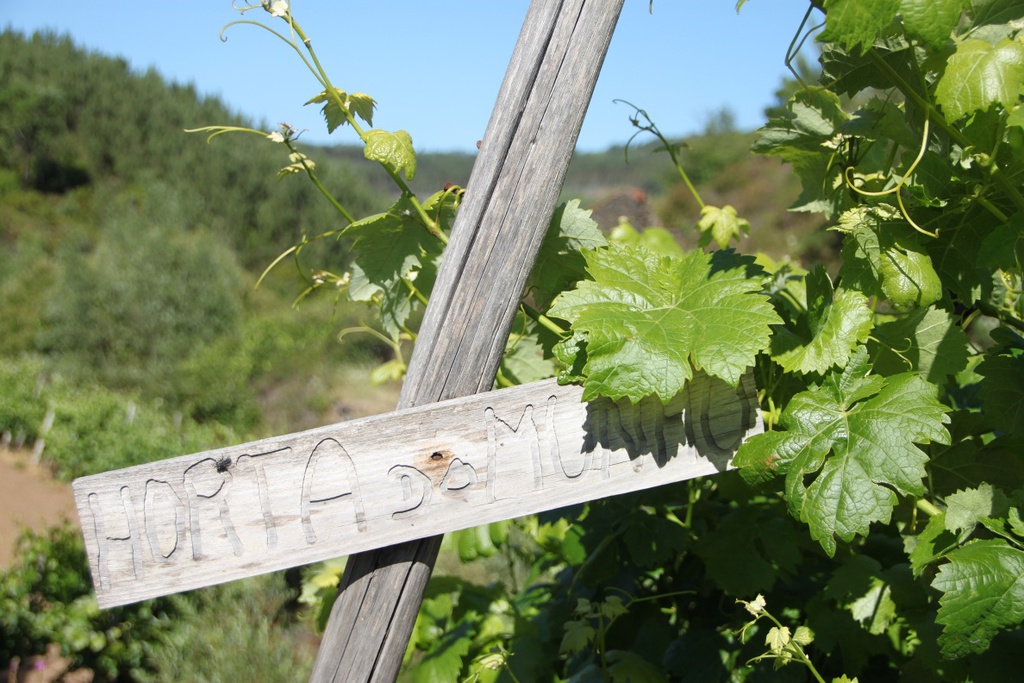
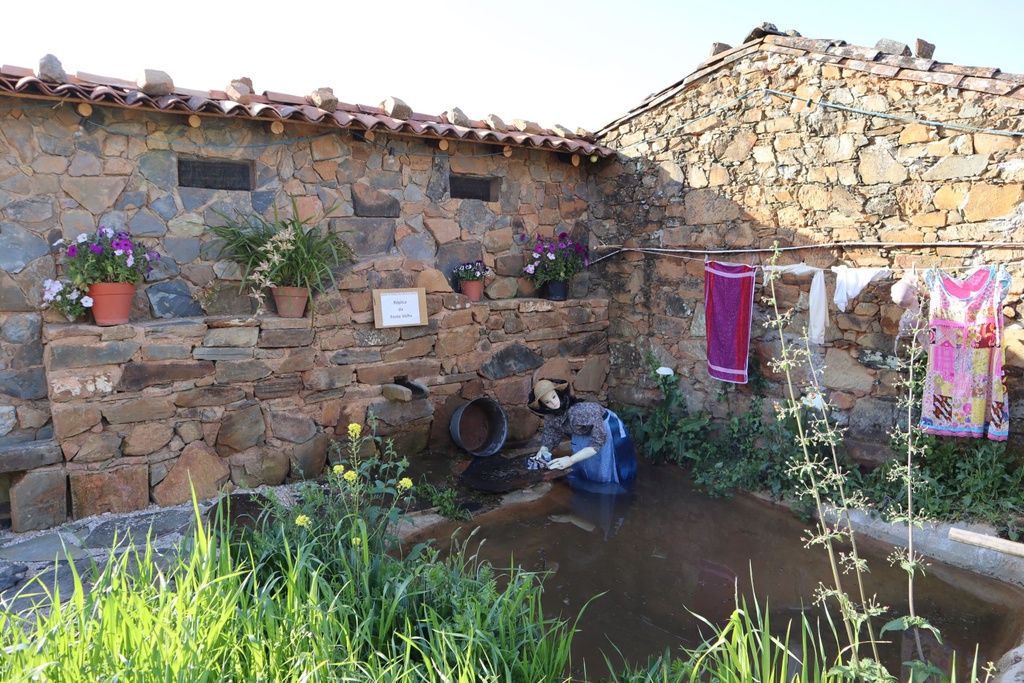
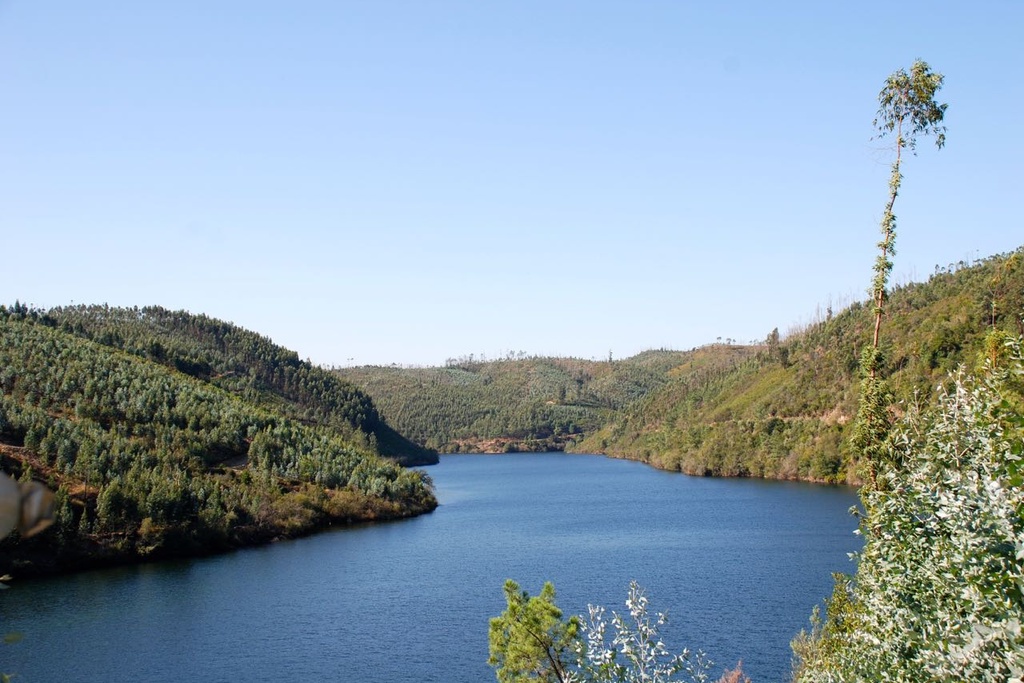
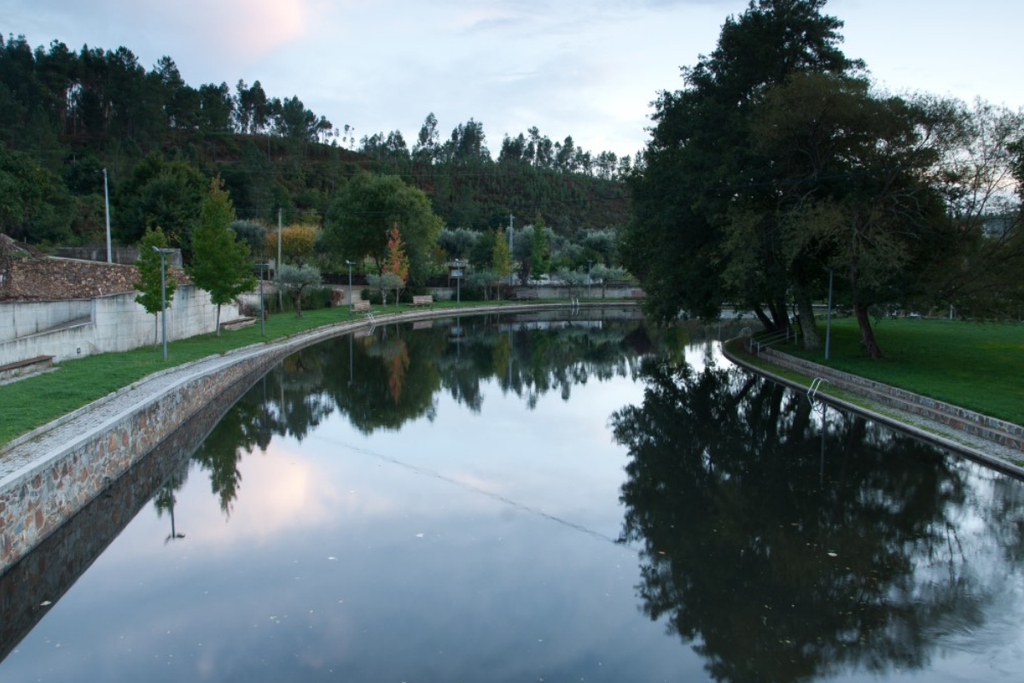
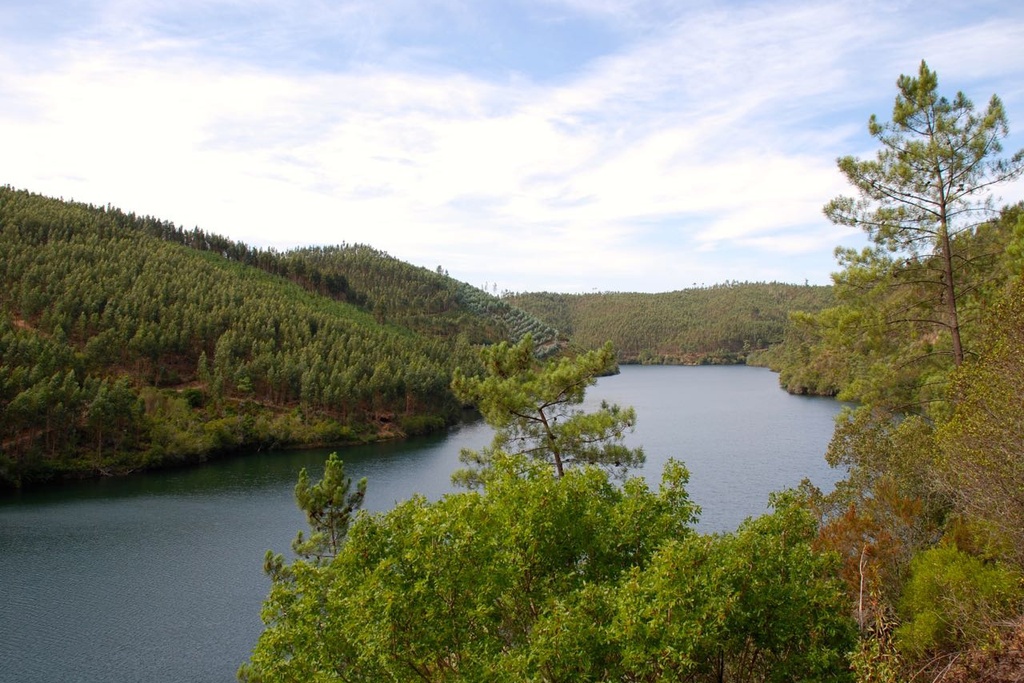
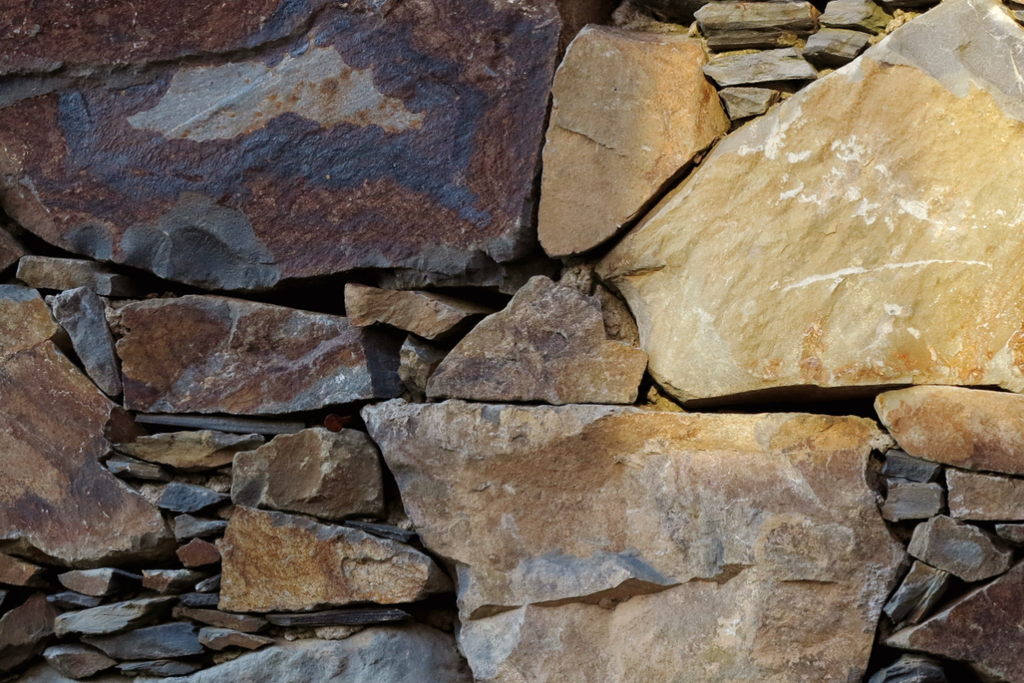



![GRZ on Foot - Return to Serenity [sector 7]](/media/filer_public/c7/17/c7175490-d567-41d0-b758-9303411dcd97/aldeias-xisto-aldeias-xisto-o_regresso_da_serenidade_foz_de_alge__c381rea_de_descanso_de_valbom_gr33_-_g_cyecqfl.jpg.1024x683_q95_crop_upscale.jpg)
![Return to Serenity [GRZ - MTB sector 7]](/media/filer_public/9a/79/9a795ef1-dc17-4e9d-b706-e8fe6fe38848/aldeias-xisto-aldeias-xisto-estac3a7c3a3o_intermodal_de_foz_de_alge_hrzdpnz.jpg.1024x683_q95_crop_upscale.jpg)
